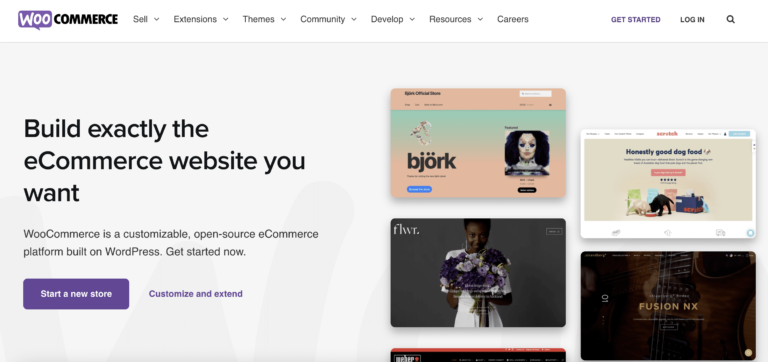How to Validate Your Tech Startup Idea Before Investing Time and Money

Successful Tech Companies Are Built on More Than Just Motivation
A great business idea can be exciting and fuel motivation for months. However, turning that idea into a successful tech company requires more than enthusiasm—it requires validation. Testing the viability of your idea and adjusting your approach based on market needs is essential for long-term success.
The Importance of Market Validation
Statistics show that 90% of startups fail due to a lack of market demand, and the same applies to mobile apps. With over 5 million apps available on the App Store and Google Play, ensuring your product has a unique space in the market is crucial.
To stand out, you need to identify a niche where you can solve a problem or fulfill a need that competitors have overlooked. Once you determine that your idea is worth pursuing, you can focus your efforts on building a viable product.
But how can you be sure your idea is worth your time and resources? The key lies in thorough validation. Below, we’ll explore the essential steps to test your idea before making a significant investment.
—
Step 1: Understand Your Market
The first step in validating your idea is conducting detailed market research. Start by identifying your target audience and engaging with them through surveys, interviews, and focus groups. Aim for at least 40 one-on-one user interviews, preferably through live conversations or online calls. Direct interaction provides valuable insights, while additional data from online surveys can further refine your understanding.
Your research should help you answer critical questions, such as:
– What are your potential users’ biggest pain points?
– What features are essential for them?
– What advantages do your competitors offer?
– Where does your target audience typically engage with similar products?
By gathering this information, you can create a product that delivers a compelling user experience, setting you apart from competitors. Additionally, meaningful market research will provide tangible evidence of demand, which can be useful when seeking investors or partners.
—
Step 2: Analyze Your Competition
Before committing to your idea, it’s crucial to assess the competitive landscape. Identify existing companies offering similar solutions and analyze their strengths and weaknesses.
Don’t be discouraged by competition. If a similar product exists, it means there’s demand. The key is to differentiate your business by addressing gaps in existing solutions or targeting a different audience.
However, if no one else is offering what you plan to create, proceed with caution. Ask yourself: Why hasn’t this been done before? Possible reasons could include:
– The market is too small or declining.
– There are legal or technological barriers.
– The problem you aim to solve isn’t significant enough.
Identifying these roadblocks early can save you time and resources.
—
Step 3: Gather Feedback from Experts
Before pitching to investors, seek feedback from industry professionals and potential users. Discuss your idea with a diverse group of people, including entrepreneurs, investors, and industry insiders. Aim for at least 10 conversations, but continue if you feel there are unanswered questions.
While feedback is valuable, not every opinion should dictate your decisions. People’s perspectives are shaped by their experiences, and some may be overly cautious. Use feedback to refine your idea, but trust your own judgment in determining whether your business model is viable.
—
Step 4: Validate Your Idea with a Prototype
Once you’ve gathered research and feedback, the next step is creating a prototype. A prototype allows you to:
– Test your assumptions with real users.
– Identify usability issues before full development.
– Gather data to present to investors and stakeholders.
A well-designed prototype can help you refine your product and prove its potential before making a large financial commitment.
—
Step 5: Get Expert Guidance
Validating a startup idea can be overwhelming, but you don’t have to do it alone. We’ve helped over 200 founders validate their ideas and developed an essential startup package to guide you through the process.
Our approach includes:
– Market research and competitor analysis.
– User testing with a high-quality prototype.
– Expert feedback from industry insiders.
With our guidance, you can determine whether your idea has real potential and turn it into a viable business.
—
Want to Know If Your Idea Is Viable?
We offer a free startup idea evaluation for entrepreneurs in Australia and the United Kingdom.
**Get Your Free Evaluation Here**
—
Join Our Free Founder Community
If you’re a first-time entrepreneur, consider joining Apollo, a free community designed to help founders succeed. Get access to:
– 1,





